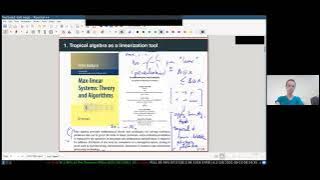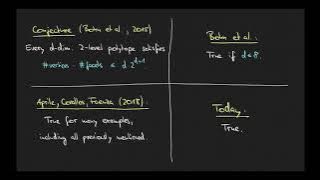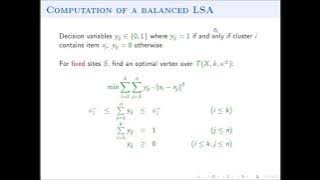Polytope compound
In geometry, a polyhedral compound is a figure that is composed of several polyhedra sharing a common centre. They are the three-dimensional analogs of polygonal compounds such as the hexagram. The outer vertices of a compound can be connected to form a convex polyhedron called its convex hull. A compound is a facetting of its convex hull. Another convex polyhedron is formed by the small central space common to all members of the compound. This polyhedron can be used as the core for a set of stellations. (Wikipedia).




















